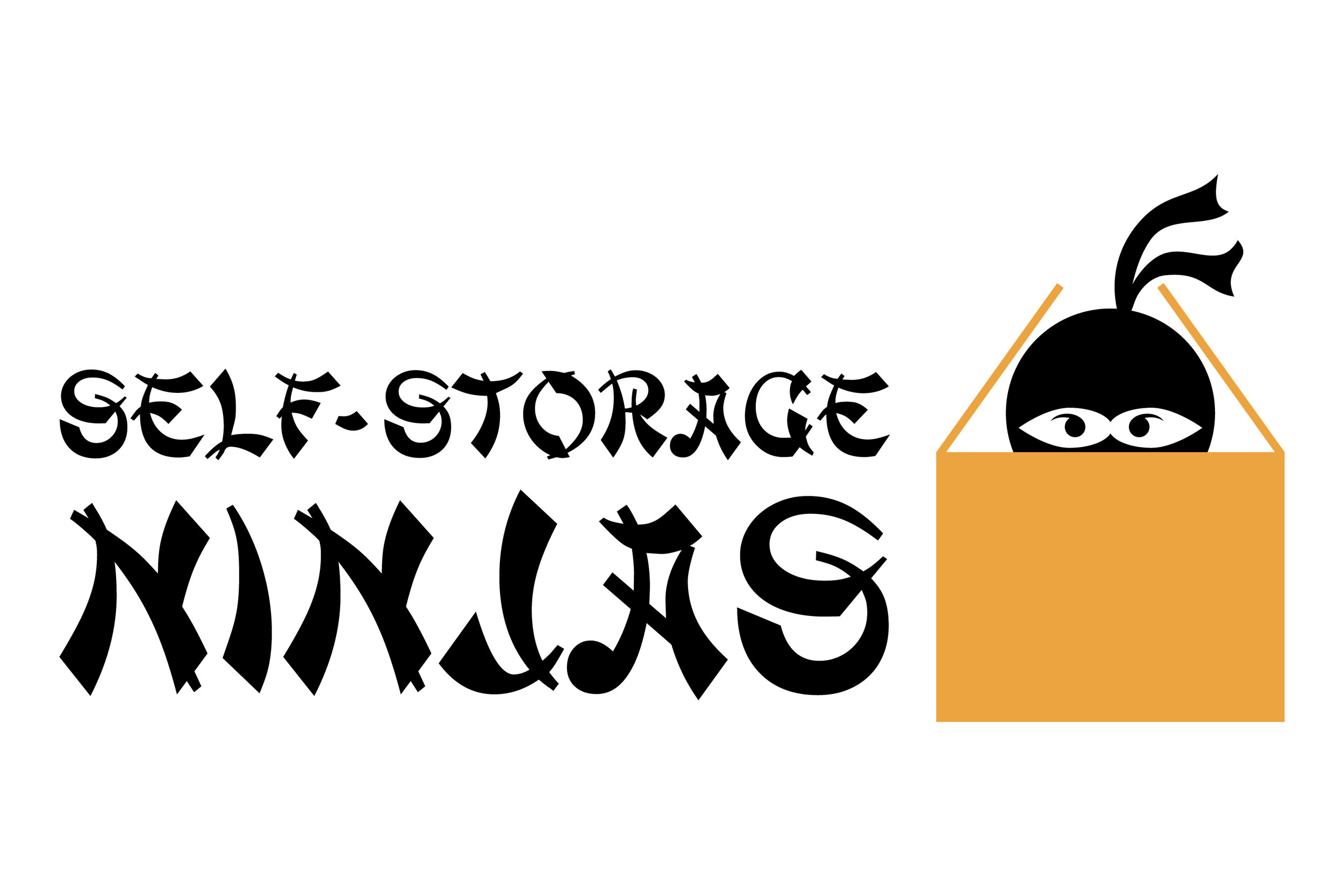The Four Ds of Self-Storage
Every industry meets a pain point, solves a problem, or meets a specific need. Those pains and problems take different forms across the landscape of consumer driven markets.
For the self-storage industry, those drivers are what we call the four Ds of self-storage.
What are the 4 Ds of self-storage?
The four Ds of self-storage are death, divorce, dislocation, and disaster.
Self-storage, as one of our honorable clients Bob Fuchs reminds us, is for people to store their sh*t.
When do people need to store belongings?
Death—if there’s been a death, the family must decide what to do with items belonging to the deceased. The solution—even if it’s only in the interim—is to pack it away into a self-storage unit or two, depending on the haul.
Divorce—say that one side of the divorce gets the house/apartment/condo while the other is displaced. That person will need somewhere to store their items while they look for a new living situation. Enter: self-storage.
Dislocation—people break leases (or are evicted) for all kinds of reasons. This predicament may lead said displaced person to utilize a storage unit for a time while they get their ducks in a row.
Disaster—even more pressing is dislocation due to a natural disaster or traumatic accident in the home, such as a fire or flooding. Anything that survives the incidents will need somewhere to rest while the owners search for new accommodations and/or solve the issue at hand.
But wait, there’s more!
Some will argue that there are six D’s instead of four. I would have to agree. Those additional D’s are density and downsizing.
Density—The more people, the more renters and the smaller the living spaces, the more belongings with less space to put it, the more moving around happens. When there’s a dense population, there’s increased need.
Downsizing—Much like dislocation, downsizing from a house to an apartment means there’s a need for interim storage. Maybe someone needs to store items they were unable to sell before they moved, or the smaller space they’re moving to is only temporary, and they need somewhere they can keep their larger items while they wait.
Why all the disaster?
I know, I know; that sounds like a lot of tragedy fueling the self-storage industry. But that’s not the main driver. The main reason for self-storage demand is people moving. That doesn’t always mean disaster or displacement.
People move for jobs, to be closer to family members, for marriage, for access to better school districts and for a whole host of other reasons. All these wonderful and exciting life milestones!
Think couples starting their life together and elderly folks settling into new living situations. It’s more than stress and plights—it’s life, and with life comes lots of stuff needing a place to go.
